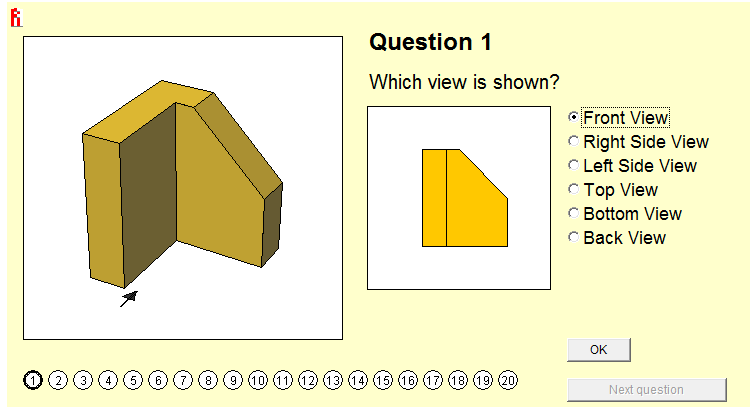Week in Review 1 – March 2012
Welcome to another edition of Week in Review. Looks like another busy week is ahead. I will be in Baguio for a 3-day training, so I am not sure if I’ll have the time to write there.
For a little bit of promotion, Baguio is the summer capital of the Philippines. The temperature there is relatively lower (15˚C to 26˚C, but can drop down to 7˚ C) compared to Metro Manila (23˚C-37˚C). It’s a great place to go if you want to escape summer heat.
Anyway, before my Baguio escapade, here are the list of post for this week.
- GeoGebra Tutorial 33 – Lunes and Layers
- New Archive Page, Language Translation, and more
- Divisibility by 7 and Its Proof
- GeoGebra 4.0 Tutorials
- 3d Math Applets Galore at Maths.net
- Divisibility by 8
My Other Blogs
- Square Within a Square (applet) at GeoGebra Applet Central
- Similarity and Architecture at Mathematical Palette
- Mirrors and Symmetry at Mathematical Palette
- Edraw Mind: A Vector-Based Mind Mapping Software at School of Freebies
Updated GeoGebra Tutorials (now in version 4.0)
- GeoGebra Tutorial 11 – Sliders and Graphs of Trigonometric Functions
- GeoGebra Tutorial 12 – Photos and Angle Measures
- GeoGebra Tutorial 13 – How to use Latex in GeoGebra
Explore Math and Multimedia
- The Mathematics Page
- The Multimedia Page
- The GeoGebra Tutorials Page
- GeoGebra 4.0 Tutorial Post
- The Archive Page (by month)
That’s all for this week. Have a happy weekend everyone.

